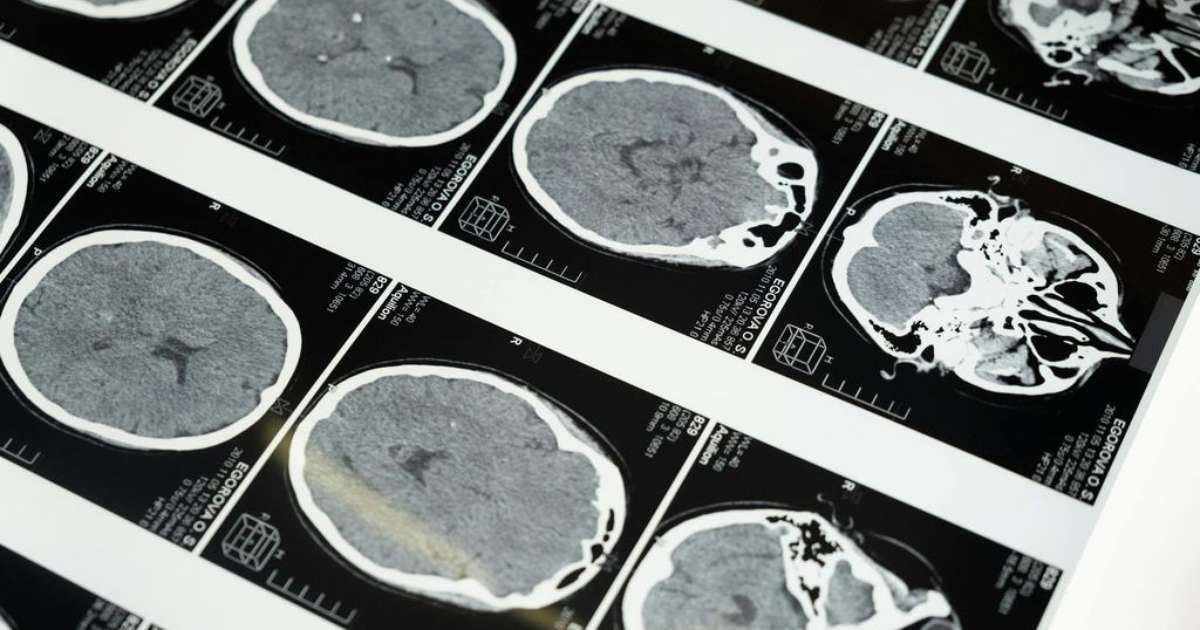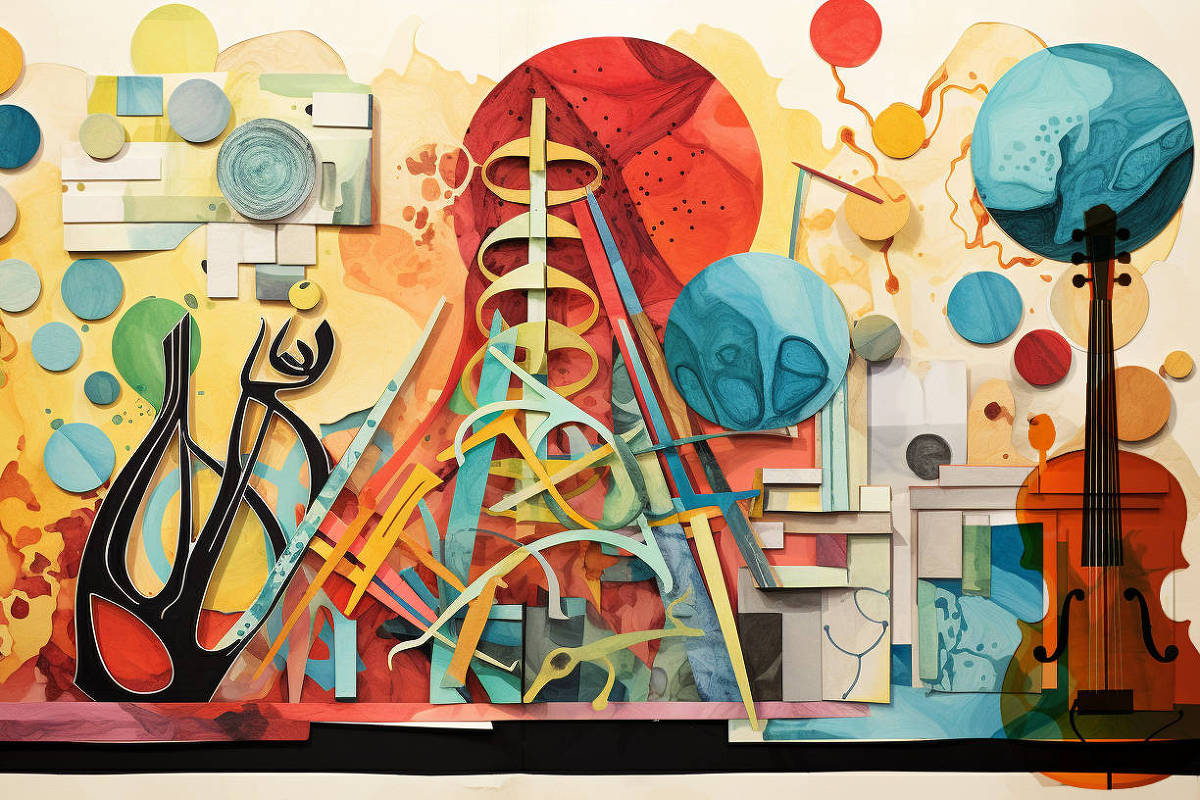The passing of our dear friend Danilo Santos de Miranda this week made us think about his history, his work on behalf of art and culture, and how the SESC he created can inspire Brazilian universities. Professor Danilo, as he was known to many, was widely known for his dedication to the arts, but his legacy goes beyond that, as an experimental thinker for the Brazil we want. Danilo knew well how to combine art and culture with entertainment and sports, as well as with education and research, which became evident with the establishment of the SESC Research and Training Centre. He created a complete system of applied experiments at all levels in other potential Brazil. It transformed each SESC unit into a small “social condenser” of imaginations, bodies and identities in search of a new possible and desirable existence.
Danilo, in addition to being the visionary director of the SESC system, was certainly a great public intellectual of our time. He was a decisive defender of culture at a time when it was the most denigrated in Brazilian history, welcoming and supporting artists and groups at a time when Brazil’s cultural promotion system had collapsed due to Bolsonian obscurantism and the pandemic. He never backed down from his principles, always supporting provocative works, exhibitions and presentations the current situation.
Through this ability to lead cultural resistance and support and appreciate what is important and timely, Danilo was relevant to many people. Therefore, there is no risk of forgetting or stopping your work. Moreover, he left a team ready to fully assume the responsibilities of the SESC system.
The system he gradually expanded, including more attention to research, science, technology and innovation, in a practical, applied and democratic way, through courses, workshops, laboratories, nurseries, community works, etc. Danilo knew that art and science, when working together, contribute to the formation of the integral citizenship of our people, with imagination, rigor, freedom and commitment. The alliance between art and science is the path to a more open and humane society, aware of its problems and challenges, from a emancipatory perspective.
Many universities have increasingly recognized the importance of this everyday communication between art, education and science. There are many museums, cultural spaces and memorials associated with teaching and research, but they are also spaces for interaction and communication with the community. The deanships of guidance became “Guidance and Culture,” and the arts came out of the box of art schools and museums and began to spread in all fields of knowledge, cultivating new imaginations.
Examples that we can cite, but not limited to, are: National Museum which is who UFRJ or UnB Darcy Ribeiro Memorialor UFMG Memorial or USP Museum of Contemporary Art Or the Cultural Center in Health Located in Unifesp and in the process of being reconstructed. They all talk about art, education and research. Universities have theater groups, orchestras, music and dance groups, performance and choral groups, and are places for experimentation, study and human development, including for students from all courses.
When we were in the Univisp rectory, Danilo Miranda was an important partner. We have implemented the first cooperation agreement between SESC-SP and Unifesp, fulfilling a years-old dream and promoting many cooperative actions. Some are symbolic, e.g at By Judith Butler,Support for Create SoU_Ciência (minimum 7), was honored by Kaapora, the Sustainability Chairs and the Xingú Project for the honorary title By David Kopenawaregards Edward Said chair To the work of the Palestinian intellectual, the projects with cultural groups in the center of São Paulo and in Guarulhos, the project with the solidarity economy, etc. Danilo was also very present as a civil society representative in the Strategic Council of the University Community (CEUS) of Unifesp, where he participated in two terms, with intense participation in meetings, supporting us in the most crucial moments we have experienced under Bolsonaro.
Universities have a lot to learn from Danilo. SESC’s vision of a broad, socially referential welcome and training, always with open doors, making space for multiple voices, bodies, territories and identities, is an example of university counseling and cultural practices. We certainly have other responsibilities as a university, but it is undeniable that SESC’s capacity for outreach, inclusion and training is a great example of opening up our universities, and even more so, to social demands and multiple forms of knowledge and expression.
Therefore, Danilo was not only the genius director of SESC for 40 years, but an intellectual and activist who could teach us how to renew the identity of universities in Brazil and expand our dialogue, integration and cooperation with society. In addition to continuing and intensifying the partnership with SESC, a vision that looks at how universities can be hybridized with cultural, sports and leisure centres, while opening doors to residents, could be provocative. Danilo was a visionary not only for the SESC system, but for any institution working in education and culture that deeply desires to engage with society in research, imagination and building a better world. Hello dear Danilo!
Current link: Did you like this text? Subscribers get access to five free accesses from any link per day. Just click on the blue letter F below.

“Hardcore beer fanatic. Falls down a lot. Professional coffee fan. Music ninja.”






More Stories
Science may have found the origin of altered states of consciousness
A highly contagious virus fills hospitals in Brazil
Do we all feel that time passes in the same way?